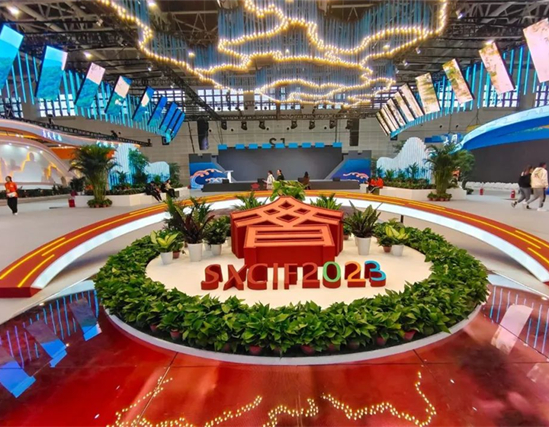Rooftop panels set shining example of cleanliness
Updated: 2021-09-14
With solar power becoming increasingly popular, villagers in Zhuangshang, Shanxi province, now have a cleaner environment.
In April last year, solar panels were placed on the roofs at 27 households in the village, each with an installed capacity of 2 kilowatts. The panels can produce about 2,000 kilowatt hours of power annually.
A set of equipment, including the panels and other devices enabling villagers to use generated power directly, costs about 10,000 yuan ($1,549).
Chen Wenbo, who designed a micro power network to help the village's quest for energy self-sufficiency, said, "The most expensive parts are the solar panels."
The local government plans to increase each household's installed capacity to 10 kW, but all the equipment needed may cost more than 30,000 yuan, which could be too expensive for rural residents, Chen said.
Investment for the panels supplied to the first 27 households came from Shanxi Golden Cooperate DC Power Distribution Technology Co, which is chaired by Chen.
He said the company would adopt three investment models to expand the network's coverage.
The acquisition of low-interest loans from banks is top of a list of options being considered. Chen said the company and the local government are negotiating with the Asian Development Bank to offer villagers loans with an annual interest rate as low as 1.8 percent.
"This could attract more villagers, as the investment will bring them an additional income in 25 years", Chen said.
He estimates that about 10 percent of the villagers could meet the investment costs with their savings.
The villagers could also rent their roofs to interested companies.
Villagers whose homes are not suitable for solar panels could use power generated by their neighbors. "They can also install panels after their houses are renovated," Chen said.
By next month, 131 households in Zhuangshang will have solar panels, which will generate about 2.4 million kWh of electricity per year, Chen said.
He estimates that the village uses only 290,000 kWh of power annually, which means most of the electricity generated is supplied to the overall power grid.
Chen believes solar power can help rural vitalization, which has been adopted as a national development strategy in country areas.
By making full use of solar resources, the rural environment will become cleaner and villagers will have an additional way to earn more, he said.



